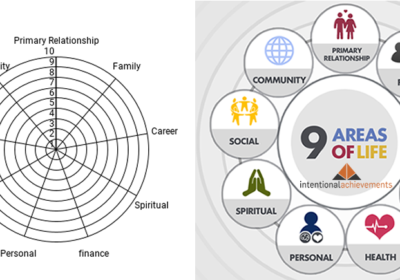No One Jumps on A Non-Moving Train.
When I lived in New York City I took the subway everywhere. Every trip was a unique and fascinating experience. At the time I never really thought about what would later become one of the most important leadership principles I learned from my time taking those trains. If you have ever taken a train, bus, or trolley, you may have had similar experiences, never really giving it much thought. Now, as you read this, remembering back, perhaps you’ll relate to the lessons I learned and discover their application in your personal and business life–as I did.
There were days when things were going just right, the day’s activities were falling into line, and I made it to the train station early. On those very rare occurrences, I found myself enjoying being early and taking my time as I approached the ticketing machines to purchase my tickets. Not in a rush, I slowly walked to the stairs and down to the platform looking for the perfect spot to stand waiting for the train to arrive. When the doors opened, I calmly strolled onto the car and found my seat–if there was one.
Compare that scenario to my typical day. When I woke up late, hurried out the door, while always wondering what I might have forgotten. Scurrying to the train station, I had no time to enjoy slowly walking to get my tickets and down to the platform, I rushed. There was no time to find my perfect spot to wait for the train because it was already pulling up to the platform. A few more seconds and I would have missed it. I ran down the stairs and into the closest doors I could find before they shut me out. The train was not going to wait for me.
Bridge
Here’s what I would later discover from this. Whether in your business or personal life, if there is no clear direction for where you’re going and no forward movement toward that outcome, you are not going to be motivated or inspired to jump on board and work hard to accomplish anything. People are inspired by Vision and movement. Every train I took had a clear destination I wanted to get to and since it was going to go there whether I was on or not—I jumped on board.
Leadership Lesson
 No one jumps on a non-moving train. Are you having trouble with staff who are not engaged? Not committed? Not excited about their jobs? Your first instinct might be to blame them and think you may have hired the wrong people. However, your first step should be to look in the mirror. It’s the leader’s job to inspire engagement. Involvement. Excitement. The way to do this is to show your staff that the train [your company, your department] is moving. You are headed somewhere meaningful and fulfilling. Somewhere they would also want to go. Someplace they can see, feel, and want to experience more. Your main purpose as a leader is to inspire and coach people to become a better version of themselves, higher than they would become without you. Then paint them an inspiring picture of where the company or department [the train] is going [with or without them] and how their best selves could help everyone get there. Who wouldn’t want to be a part of that excitement?
No one jumps on a non-moving train. Are you having trouble with staff who are not engaged? Not committed? Not excited about their jobs? Your first instinct might be to blame them and think you may have hired the wrong people. However, your first step should be to look in the mirror. It’s the leader’s job to inspire engagement. Involvement. Excitement. The way to do this is to show your staff that the train [your company, your department] is moving. You are headed somewhere meaningful and fulfilling. Somewhere they would also want to go. Someplace they can see, feel, and want to experience more. Your main purpose as a leader is to inspire and coach people to become a better version of themselves, higher than they would become without you. Then paint them an inspiring picture of where the company or department [the train] is going [with or without them] and how their best selves could help everyone get there. Who wouldn’t want to be a part of that excitement?
Personal-life Lesson
The same principle applies to our personal lives. Do you have a Vision [clear picture] and [written] plan for how you are going to accomplish your goals for the important areas of your life? The Vision and Plan act as a constant inspirational message to your inner self that the train of your life is moving, and you better get on board. These tools [the Vision and Plan] help overcome procrastination, self-doubt, and work to build motivation and momentum consciously and subconsciously. No one jumps on a non-moving train, not even in our own lives.
Action Steps
If you are a business leader, develop a clear Vision of where your company or department is going and inspirationally communicate it to your staff on a regular basis. Let everyone know the plan for how you are going to accomplish your goals and show them the progress you are making often. This will let them know they are a valued part of the process, and they are working for something bigger than themselves.
If you are a staff member in a company, seek out your leaders and ask them for their Vision, plan, and progress. If they communicate these openly to you, it will help you stay more engaged and fulfilled in your job. If they can’t, you will know why you may not be as excited about your job as you should be. You also may have just uncovered an opportunity for you to fill that gap in leadership which may help you feel, and be seen, differently.
In your personal life, spend more time creating your personal Vision and putting [in writing] a plan for how you are going to get to where you want to go. When you do, you will be surprised at what you can accomplish.



